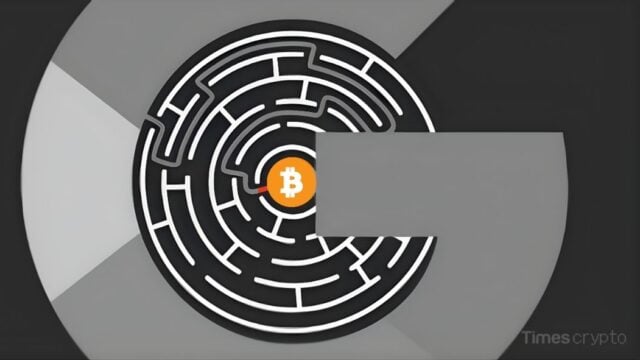Key Points:
- April inflation matched expectations, and core CPI rose 0.2% MoM—below the 0.3% forecast—indicating sticky but stable inflation.
- UBS expected tariffs to impact April CPI, but no significant effect was seen, easing market concerns.
- Markets now focus on the Core PCE data due May 30, a key signal for potential Fed policy shifts this summer.
Wall Street futures pulled back slightly on Tuesday, pausing after Monday’s rally driven by a temporary tariff truce between the U.S. and China. Dow, S&P 500, and Nasdaq futures slipped between 0.3% to 0.5% earlier in the day
Tariffs Show No Immediate Inflation Impact
A recent UBS note suggested April would be the first month to reflect Trump’s new tariffs. Larger effects are expected from May to October if policies stay in place. However, April’s inflation data showed no significant tariff impact. This could reassure markets and support a short-term positive reaction across risk assets.
Inflation Data Signals Sticky But Stable Trends
CPI came in at 2.8% year-over-year, matching expectations. Core inflation rose slightly to 0.2% month-over-month, below the consensus of 0.3%, up from 0.1% in March. While the figures don’t suggest a fresh inflation surge, they show inflation remains sticky. Core inflation holding at 2.8%, still above the Fed’s 2% target.
Bitcoin at a Crossroads
Bitcoin hovered near $102,400 after profit-taking pulled it back from its recent $105,800 high due tariffs de-escalation between the U.S. and China. Core inflation rose 0.2% month-over-month, slightly higher than March’s 0.1%, but below the 0.3% market forecast. The data mostly matched expectations and doesn’t clearly suggest a rate hike or cut. Traders remain cautious. Historically, Bitcoin has rallied when inflation undershoots expectations, but this mild downside surprise may not be enough to spark a breakout.
Edul Patel, CEO of Mudrex, said:
“A third consecutive downside CPI surprise could boost Bitcoin by increasing expectations for 2025 rate cuts.”
Conclusion and What’s Next
Despite the implementation of new tariffs, April’s inflation data showed no immediate impact. This offers relief to markets and supports a risk-on outlook. Looking ahead, investors will monitor the Core PCE price index on May 30. The Fed’s preferred inflation gauge rose 2.3% year-over-year in March, its lowest in five months. Continued easing in this measure could shape rate expectations and influence market direction heading into summer.







